THERMOS cities
Eight cities have been intensely involved in the development and testing of the THERMOS software.
Pilot cities have contributed with their vast planning experience and data to develop the software’s methodologies and functionalities making the tool fit to improve real-world energy planning processes.
Replication cities have tested the THERMOS software in its different development stages to drive their own potential to expand, modernise or re-introduce heat networks.
Scroll down or clink on the link below to find information about each of the eight cities.
| Pilot City | Replication City | |
|---|---|---|
| Granollers, Spain | Cascais, Portugal | |
| Islington, UK | London (GLA), UK | |
| Jelgava, Latvia | Alba Iulia, Romania | |
| Warsaw, Poland | Berlin (dena), Germany |
Granollers, Spain
Granollers is the capital of the Vallès Oriental region of Catalonia and lies approximately 28km north of Barcelona. It has a population of over 60,000 and covers an area of almost 15 km2.
Around 47% of energy consumption in Granollers is used by industry, most of which is concentrated in seven industrial parks. The city’s EcoCongost project aims to create a single industrial zone that lowers the energy costs and carbon emissions of Granollers’ industries through the sharing of high-efficiency co-generation and district heating in a concentrated demand area for heat.
What THERMOS did in Granollers:
n Granollers, THERMOS investigated various heat network design options and developed modelling scenarios from these, such as:
- Thermal energy networks that distribute steam and hot water
- Networks using energy sources such as biogas
- Recovering and using surplus heat from industry partners.
- Different kinds of energy consumers including industries with different temperature ranges, commercial buildings, sport centres, etc.
- Storage for heat recovery.
- Network planning, including present demand and production, future scenarios and extent of the network.
THERMOS Replication Assessment Report: Granollers
City administration homepage: granollers.cat
Energy and pollution department: granollers.cat/medi-ambient
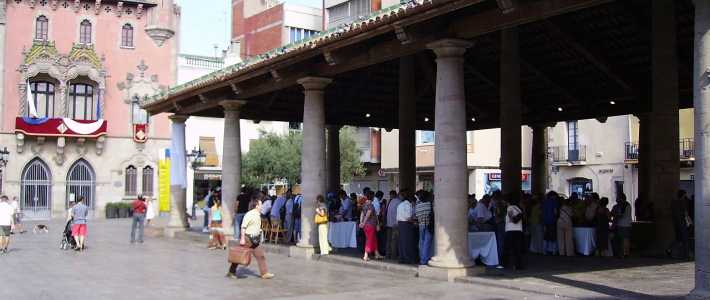
Islington, UK
The London Borough of Islington (Islington Council) is one of 32 London boroughs and has a population of 215,000 and covers an area of nearly 15 km². The council has been actively working to develop heat networks since 2000 and launched its first heat network, at Bunhill, in 2012. With Bunhill 2, Islington connected a further 500 council homes and a new school, with the potential to supply a further 1,000 dwellings via a second energy centre using gas CHP engines combined with a heat pump to extract low grade waste heat from the London Underground.
What THERMOS did in Islington:
In addition to the expansion of Bunhill, Islington plans for further expansions as well as six new heat networks elsewhere in the borough. The council has developed its own EnergyPro model in order to model heat network loads in detail. It used THERMOS as an opportunity to share its own modelling expertise and to benefit from gaining access to new advanced heat maps and planning tools. THERMOS pilot tools have been applied to several detailed feasibility studies on areas for new or expanded networks.
THERMOS Replication Assessment Report: Islington
City administration homepage: www.islington.gov.uk Energy services team: www.islington.gov.uk/environment/energy-services
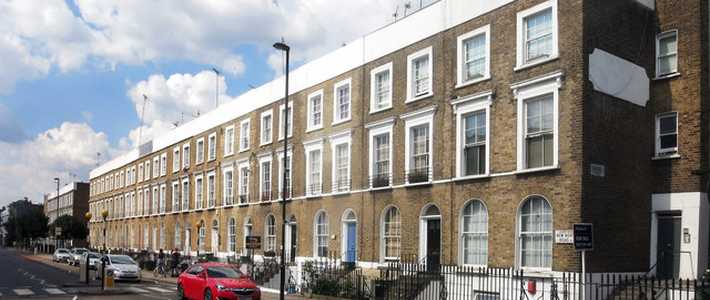 Creative Commons © Des Blenkin
Creative Commons © Des Blenkin
Jelgava, Latvia
Jelgava is a city situated in central Latvia. It covers an area of 60 km2 and it has a population of around 62,800 inhabitants. Jelgava has a well-developed district heating system, which supplies about 85% of the city’s total heat consumption. Parts of the network date back to the 1950s. The system has been operated by Fortum, a Finnish Energy Corporation, since 2008. The Jelgava Development Strategy set out the city’s vision for the further development of the heat networks and ensuring high energy efficiency, safety, and reduced carbon emissions.
What THERMOS did in Jelgava:
As part of their involvement in the THERMOS project, Jelgava council and Fortum facilitated the mapping and modelling of the city’s current energy demands and networks with a view to reviewing and testing options for expansion, upgrade, and new development.
THERMOS Replication Assessment Report: Jelgava
City administration homepage: www.jelgava.lv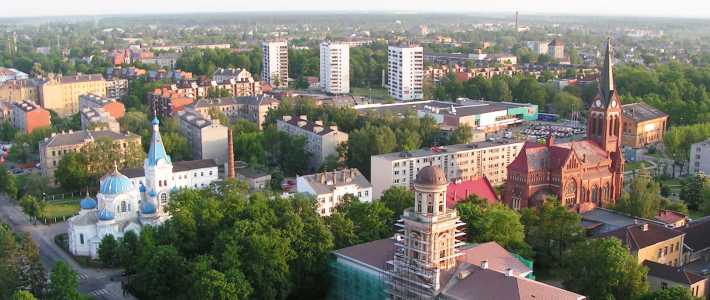
Warsaw, Poland
With a population of around 1,750,000, Poland’s capital and largest city covers an area of nearly 520 km2. Warsaw has a large and long-established district heating system. Started in 1958, the network – the country’s largest – covers 20,500ha (over half the urbanised area of the city) and includes 1,700km of transmission pipework. It supplies 90% of the city’s heat demand via its 15,790 substations.
Warsaw’s heating network is relatively old, an on-going refurbishment programme gradually replaces older parts of the network with new components made of pre-insulated materials. An intelligent heating network is to improve the system's functioning and reaction times.
What THERMOS did in Warsaw:
As part of their role as a THERMOS pilot city, Warsaw City Council specifyed their requirements for the expansion and upgrade of the Warsaw network, and tested the THERMOS software to optimise investment plans.
THERMOS Replication Assessment Report: Warsaw
City administration homepage: www.um.warszawa.pl/en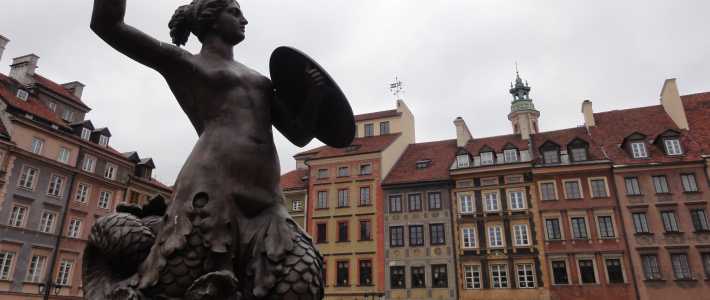
Alba Iulia, Romania
Alba Iulia is situated in the middle of Romania, it covers an area of 100 km2 and has a population of around 63,500 inhabitants.
In 1993 a total of 31 district heating plants and a network spanning 24.35 kilometres and serving 16,635 apartments in Alba Iulia and surrounding neighborhoods. However, as fuel prices went up and owners decided to disconnect buildings from networks the last two functional district heating plants were closed in 2012. Nowadays, more than 18,500 apartments have apartment central heating systems.
What THERMOS did in Alba Iulia:
Alba Iulia has partnered with pilot city Jelgava as part of the THERMOS project to develop a city wide heating and cooling map, with the aim of reviving and reintroducing modern heat networks. A component of this work involved mapping the entire network of cooling installations and the characteristics of apartment heating systems, including their emissions. With THERMOS Alba Iulia advanced DHC policies, programmes, and incentives for the re-introduction and upgrade of modern district heating and cooling networks.
THERMOS Replication Assessment Report: Alba Iulia
City administration homepage: www.apulum.ro/index.php/site/en
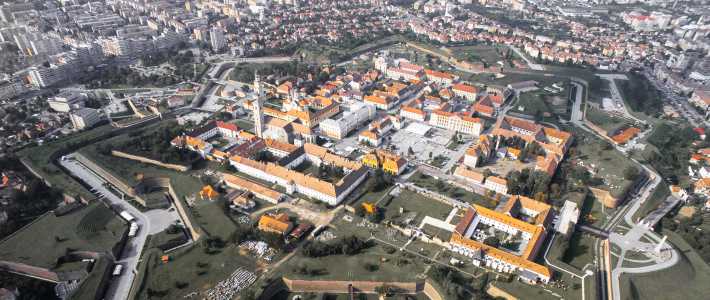
Berlin, Germany (managed by Deutsche Energie-Agentur)
Berlin is the capital and largest city in Germany and covers an area of almost 900km2 with a population of 3.5 million.
Berlin’s district heating network spans about 2,000 km, approximately covering more than 600,000 dwellings in more than 50,000 buildings in Berlin. District heating supply areas are located all over the city. In some areas, such as Marzahn-Hellersdorf, buildings are exclusively heated by district heating.
To reach the city’s energy transition goals Berlin now plans to expand district heating networks.
What THERMOS did in Berlin:
As part of the the THERMOS project, the Deutsche Energie-Agentur (dena), the national energy agency for Germany, and the City Council were partnered with Warsaw and developed an advanced heat map for the Berlin region, and tested how that integrates with existing network planning tools. Dena also sought to build on their participation in THERMOS to replicate similar solutions with other German cities.
THERMOS Replication Assessment Report: Berlin
City administration homepage: www.berlin.de
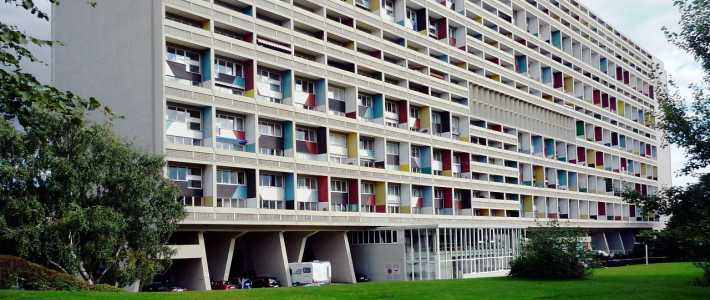
Cascais, Portugal
Cascais is a coastal municipality located in Portugal, 30km away from Lisbon. It has a population of around 200,500 and covers an area of just under 100 km2.
There are currently no communal solutions for heating and cooling, such as district networks, in Cascais. The method of heating and cooling used depends on the type and age of the building, and preferences.
In terms of energy infrastructure, electricity is delivered by a common grid network, whereas gas is delivered mainly in bottles and partly via underground natural gas infrastructure.
What THERMOS did in Cascais:
With the THERMOS project Cascais and its partner city Granollers focused on creating a better understanding of the potential for district heating/cooling in a city where most buildings are older and refurbished to meet the expected rising demand, particularly for cooling.
THERMOS Replication Assessment Report: Cascais
City administration homepage: www.cascais.pt
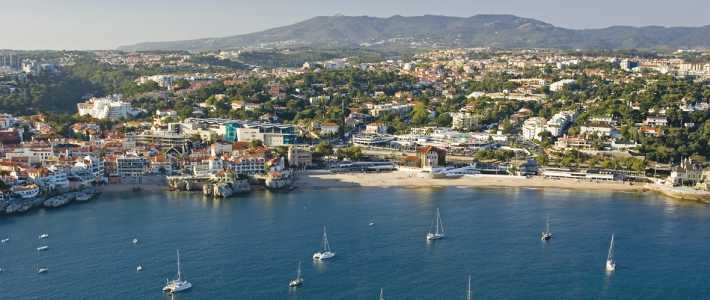
London, UK (managed by Greater London Authority)
London is the capital city of the UK with a population of over 8 million inhabitants and an area of 1,500 km².
The Greater London Authority (GLA) is working with London boroughs and private partners to develop opportunities for large scale decentralilsed energy projects. A programme run by the GLA between 2011-2015 took 13 district heating projects to market with a total value of over £100 million.
As part of this programme, a new set of guidelines were published to support the delivery of decentralised energy schemes in the capital with the aim of creating a consistent framework for delivering efficient, interconnecting district heating networks.
What THERMOS did in London:
As a partner in the THERMOS project, GLA shared data and the lessons learned from district heating and cooling schemes drawn from across London to feed in data, project plans, and costs during the development phase of the THERMOS software. The GLA also served as a conduit to help replicate THERMOS planning methods in 32 London boroughs, through dissemination and training in the use of the software.
THERMOS Replication Assessment Report: Greater London Authority
Homepage: www.london.gov.uk



